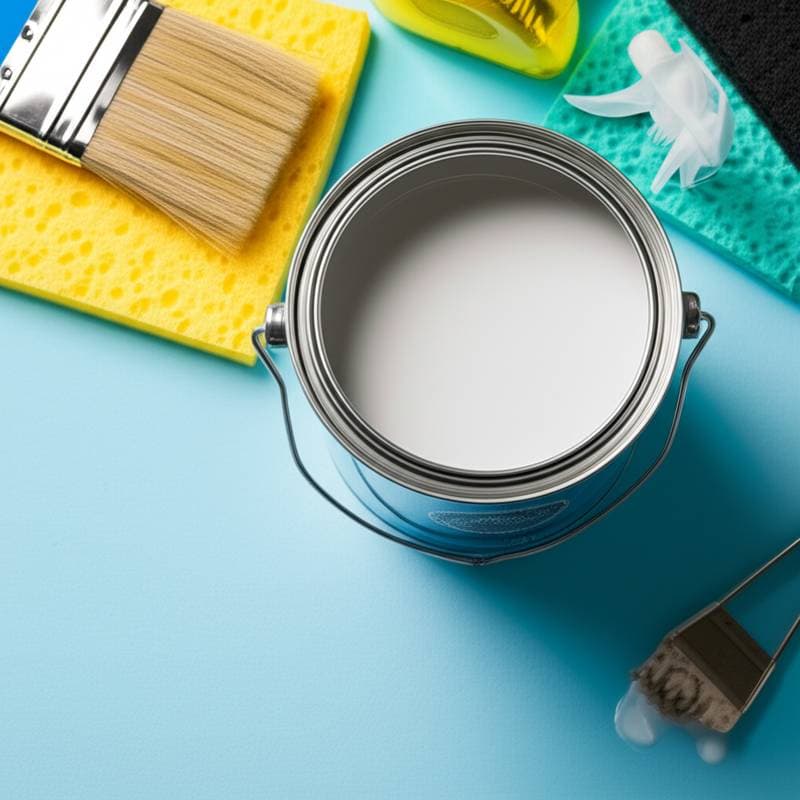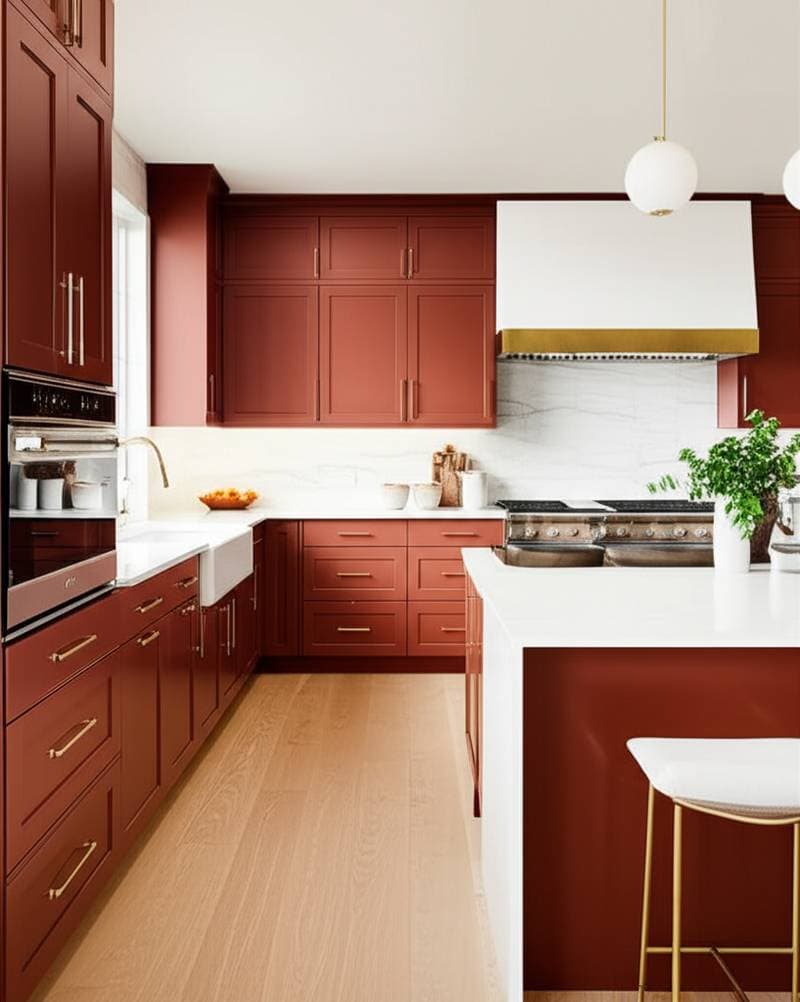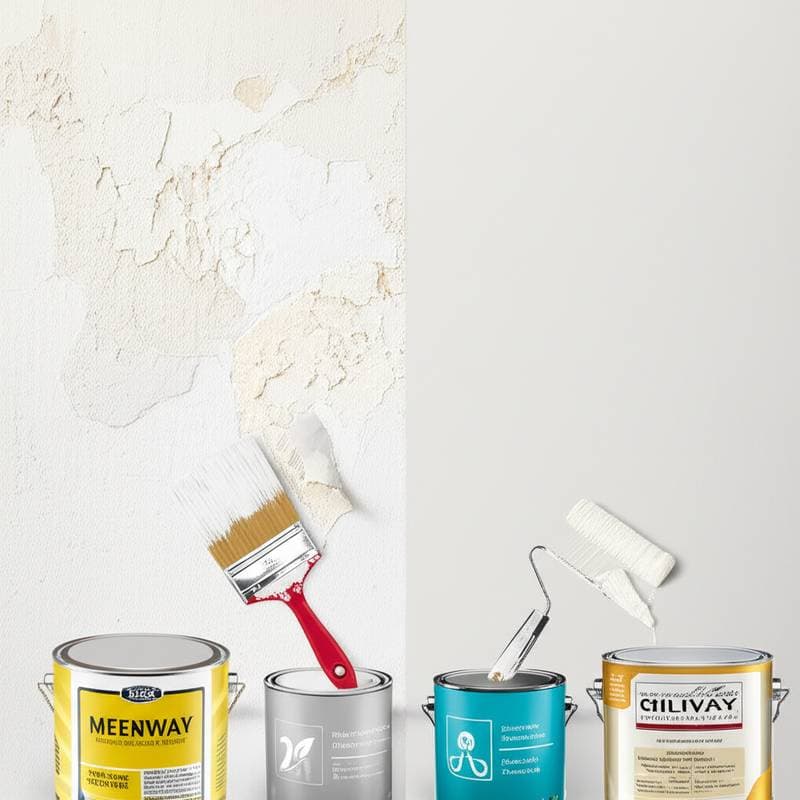The 300% Surge in Limewash Paint Searches This Year
Homeowners seek innovative methods to revitalize interior spaces, and limewash paint emerges as a compelling option. Search volume for this enduring finish rises sharply, with online queries increasing as individuals pursue textured, natural substitutes for conventional paints. Limewash delivers a distinctive matte appearance, gentle color shifts, and an inherent texture unmatched by typical latex varieties. In addition to visual appeal, the material presents environmentally sound and permeable attributes that attract those prioritizing wellness.
This growing interest signals a broader evolution in aesthetic choices toward authentic, touchable surfaces. The layered, diffused effect of limewash imparts dimension and coziness, fostering environments that balance solidity with sophistication. As people reassess the personality of their residences, limewash stands out for integrating vintage allure with current tastes.
Overview of Limewash Paint Costs
Limewash paint expenses generally span $3 to $8 per square foot, encompassing supplies and workmanship. A complete room endeavor typically ranges from $600 to $1,500, influenced by wall states and detailing levels. Although the substance costs less than numerous specialty paints, the expert application method elevates labor charges.
Cost Ranges by Project Scale
- Small room (100-150 sq. ft.): $300 - $600
- Medium room (200-300 sq. ft.): $600 - $1,200
- Large room (400+ sq. ft.): $1,200 - $2,400
Breakdown of Costs per Square Foot
- Materials: $1 - $2
- Labor: $2 - $5
- Preparation and priming: $0.50 - $1
- Sealing or final finish (if applied): $0.50 - $1
Such projections presume standard interior wall setups. Areas needing plaster fixes, extra layers, or unique coloring may elevate overall expenditures.
Key Factors Influencing Limewash Paint Costs
Wall condition: Limewash adheres best to absorbent bases like plaster or brick. Walls covered in latex require removal or treatment with a mineral primer, which extends labor duration and supply needs.
Application method: Professionals wield broad brushes in uneven motions to produce organic patterns. Experts command higher fees for precision in texture uniformity and shade consistency.
Shade and pigment selection: Earth-derived colors prove economical, whereas bespoke formulations or specialty mineral hues increment the price per container.
Layer count: Projects demand two to three applications. Extra layers boost supply and labor outlays yet amplify richness and strength.
Protective options: In damp zones, a sealant enhances cleanability. This addition safeguards longevity but modifies the matte quality and raises totals.
Cost Analysis by Finish Category
| Finish Type | Basic Range | Standard Range | Premium Range | Key Differences |
|---|---|---|---|---|
| Interior Limewash | $3 - $5 per sq. ft. | $5 - $7 per sq. ft. | $7 - $9 per sq. ft. | Texture depth, pigment quality, and brushwork complexity |
| Exterior Limewash | $2 - $4 per sq. ft. | $4 - $6 per sq. ft. | $6 - $8 per sq. ft. | Surface preparation, weatherproofing, and number of coats |
| Tinted Limewash | $4 - $6 per sq. ft. | $6 - $8 per sq. ft. | $8 - $10 per sq. ft. | Custom color blends and mineral pigment selection |
Reasons Homeowners Select Limewash Paint
Limewash infuses walls with immediate personality. The surface diffuses light gently, yielding nuanced tonal changes across daylight hours. Those aligned with organic trends value the formula of pulverized limestone and water, which yields a low-VOC, vapor-permeable coating that moderates interior moisture levels.
Stylistically, limewash harmonizes with sleek minimalism and earthy styles alike. It accentuates pairings with timber elements, rock features, and subdued fabrics. Professionals appreciate how it conceals slight surface flaws, often minimizing preparatory efforts.
Assessing Value and Durability
Although limewash demands greater expertise than ordinary paint, it yields sustained benefits. When installed correctly, the material cures by capturing carbon dioxide, creating a robust barrier against flaking. The organic makeup permits wall respiration, averting damp accumulation and fungal issues.
Residents discover that the classic aesthetic discourages regular overhauls. Renewal involves a simple topcoat, rendering upkeep cost-effective long-term. This resilience supports solid investment returns, particularly in heritage or luxury properties where genuine materials boost market worth.
Strategies to Reduce Expenses on Limewash Projects
- Handle initial surface cleaning and smoothing personally prior to expert involvement.
- Opt for inherent pigments over tailored shades to lower supply prices.
- Schedule work during off-peak seasons when contractor availability yields competitive rates.
- Bundle multiple spaces into one job to cut mobilization and tidying fees.
- Insist on trial sections for hues before full execution, preventing expensive adjustments.
Building a Realistic Budget
Individuals eyeing limewash must allocate thoughtfully for goods and skill. Calculate by assessing wall expanse and applying the mid-range per-square-foot figure. Incorporate a 10 to 15 percent buffer for unforeseen preparations or layers. Obtain itemized estimates from several specialists, verifying inclusion of bases, protectors, and site restoration.
For self-application, supplies average $100 to $200 for a standard room, slashing totals. Note the skill required; inconsistent strokes can compromise aesthetics. Engaging a proficient applicator guarantees even outcomes and enduring performance.
Frequently Asked Questions
What Is Limewash Paint?
Limewash paint consists of slaked lime mixed with water, sometimes enhanced with natural pigments. This ancient formula produces a chalky, velvety finish that ages gracefully, differing from modern paints by its mineral base and lack of synthetic binders.
Is Limewash Paint Suitable for High-Moisture Areas Like Bathrooms?
Limewash functions well in moderate humidity but benefits from sealing in wet zones. Its breathable nature resists mold, yet direct water exposure demands extra protection to preserve integrity.
How Long Does a Limewash Finish Last?
A quality limewash application endures 5 to 10 years indoors, longer on exteriors with maintenance. Periodic refreshing with a light coat extends its life without full reapplication.
Can Limewash Be Applied Over Existing Latex Paint?
Direct application over latex proves challenging due to poor adhesion. Stripping or using a compatible primer ensures bonding; consult professionals for assessment.
What Color Options Exist for Limewash Paint?
Traditional limewash offers soft earth tones like whites, beiges, and grays. Tinting with mineral oxides allows subtle pastels or deeper shades, though vibrant colors remain limited by the natural base.
When Is the Best Time to Apply Limewash for Optimal Results?
Choose mild, dry conditions for best outcomes, as high humidity or temperature extremes hinder curing and grip. Interior projects proceed year-round with adequate airflow.



